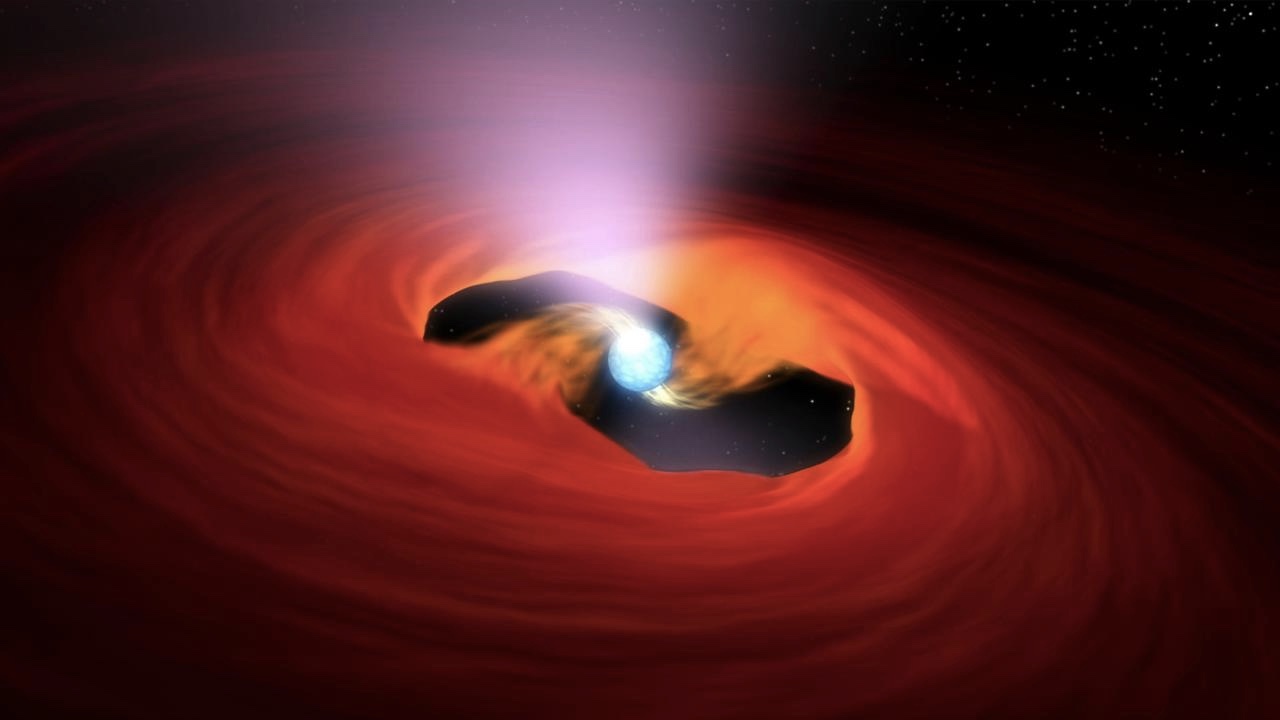The Strongest Material in the Universe Could Be (Nuclear) Pasta

How to cook "nuclear pasta" in three easy steps: 1. Boil one large, dying star until it goes supernova and explodes. (This could take a billion years, so be patient.)
2. Vigorously stir any leftover protons and electrons inside the star's shriveled core until they merge into a soup of ultradense neutrons. Apply as much gravity as necessary.
3. Scrunch the neutron stew into an airtight sphere the size of Toronto. Cover in a crystalline crust and serve at 1.08 million degrees Fahrenheit (600,000 degrees Celsius).
Voila! You have just made one of the universe's strangest concoctions — nuclear pasta.
For several years, astrophysicists have noodled with the idea that such a linguini-like tangle of matter might be rippling around inside neutron stars — the relatively small, unbelievably dense stars that form after massive suns collapse under their own gravity.
Just like your nonna's pasta, nuclear pasta makes great leftovers (it may be pretty much the only matter that can survive in a star after a supernova). Unlike earthly noodles, however, nuclear pasta may be the strongest substance in the universe.
In a new study soon to be published in the journal Physical Review Letters (and prepublished in the online journal arXiv.org), a team of researchers from the United States and Canada ran a series of computer simulations to test the strength of nuclear pasta, based on all that is known about the neutron- star conditions under which it forms. The team determined that, to shatter a plate of nuclear pasta, it could take about 10 billion times the force needed to shatter steel.
Get the world’s most fascinating discoveries delivered straight to your inbox.
"[That] may make nuclear pasta the strongest material in the known universe," the researchers wrote in their new paper.
Much of nuclear pasta's strength likely comes from its density. Nuclear pasta is thought to exist only inside neutron stars, which form when massive stars (at least eight times the mass of Earth's sun) collapse under their own gravity. As a result, neutron stars pack an entire sun's worth of mass (or more) into a compact core about 12 miles (20 kilometers) across. To visualize how insanely dense that is, imagine cramming the mass of 1.3 million Earths into a single American city.
To exist under such extreme conditions, everything in a neutron star becomes much, much heavier than it would be anywhere else in the universe. According to a 2007 NASA blog post, a sugar cube's worth of matter would weigh more than 1 billion tons inside a neutron star — roughly the weight of Mount Everest.
According to the new research, nuclear pasta may become so strong and so densely packed that it could even layer up to form small "mountains" that could lift the crust of some neutron stars. As those stars rotate (and neutron stars can rotate extremely quickly), those raised lumps could theoretically create ripples in the surrounding space-time — also known as gravitational waves.
Gravitational waves have been detected where two neutron stars collided into each other — but whether nuclear pasta has anything to do with it will require lots of further study. If nothing else, let's hope this new paper makes plenty of space enthusiasts hungry for more answers.
Originally published on Live Science.

Brandon is the space / physics editor at Live Science. With more than 20 years of editorial experience, his writing has appeared in The Washington Post, Reader's Digest, CBS.com, the Richard Dawkins Foundation website and other outlets. He holds a bachelor's degree in creative writing from the University of Arizona, with minors in journalism and media arts. His interests include black holes, asteroids and comets, and the search for extraterrestrial life.
 Live Science Plus
Live Science Plus





